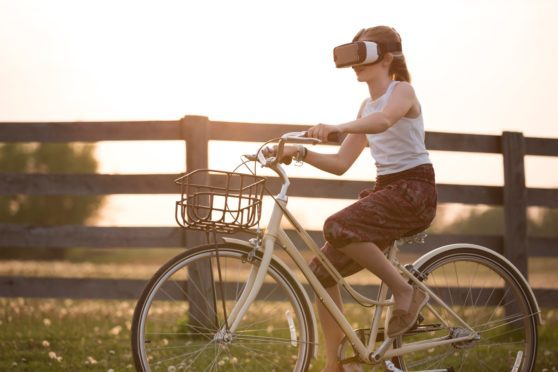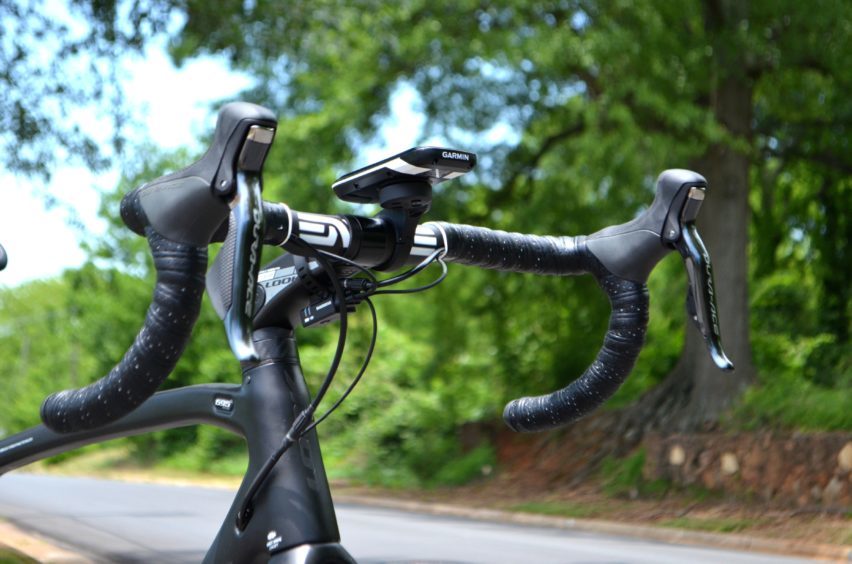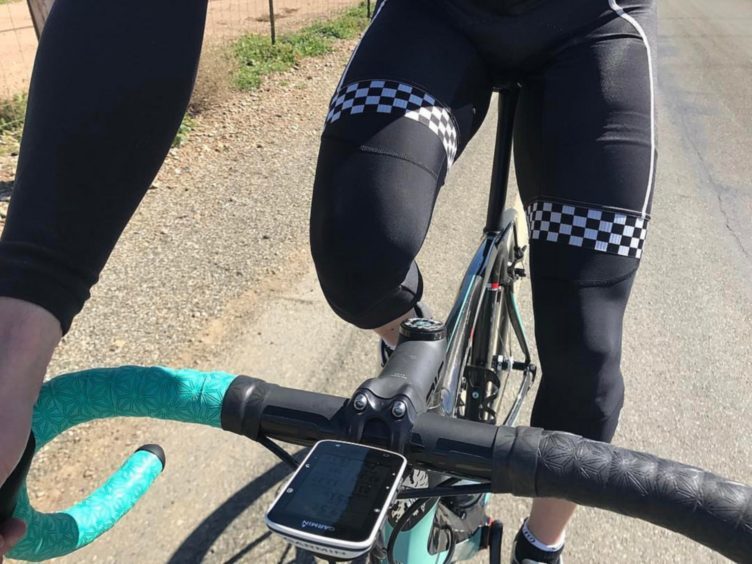Even just 10 years ago cycling was a very different beast. As with all areas of life, technology has taken us to unprecedented realms that might seem helpful, but I believe there remains a little part of our soul that yearns for the romance of riding our bikes – a connection that transcends the electronic interference creeping into our everyday rides.
Strava, Zwift, GPS and so on are all fun and helpful additions to our canon of data we can obtain from a ride. We can chart every ride, log every kilometre, compare our efforts against the pros.
Technology allows us to analyse every pedal-stroke, map every section of road and trail. Our devices will tell us when to eat, drink, change gear and pedal faster – all this info can be uploaded to your static smart trainer and you can reproduce your outdoor ride indoors.
It can be tempting to think that’s all there is to it. With all this information at your fingertips, the understanding of sensations and interpretation of feeling can be lost in the white noise.
Cycling uphill is a time when these interruptions can be at their most intrusive. Your GPS device will beep at you as your heart-rate peaks into the red and will shout at you as another Strava segment begins. It can sometimes all be too much. But, climbing a mountain on your bike is one of those moments where it is possible to strip away the layers of digital detritus and experience cycling in its rawest forms.
On longer climbs the act of pedalling becomes a sublime conflict – on one hand, you can reach a meditative state; on the other, the pain coursing through your body keeps you firmly in the real world. Not everyone enjoys going uphill – I didn’t either – but in a masochistic contradiction to that notion, thousands of riders seek out the biggest climbs in the world every year, just to say they have ridden them.
There is, quite rightly, an element of bagging and bragging to this; the ability to tick off the Stelvio, Ventoux and Alpe d’Huez from your list of places to ride lends a certain kudos to your riding CV, and an ability to record your ride and display on Strava confirms your achievement for all to see.
As with other forms of social media, where we increasingly plot every moment of our day through posts, our rides become another status update in our electronic profile and although that may seem benign, it can also be damaging to the social side of cycling.
Einstein once said: “I fear the day that technology will surpass our human interaction.” I have been on so-called group-rides where individuals have ridden to the data on their screens, rather than enjoying the companionship and joy that comes from cycling with others.
I am a big proponent of Strava and use it a lot, but it has also meant that often on a climb an element of competition enters the minds of the group and the cohesion of riding together is blown apart.
Far from being a Luddite of such technology, I record every ride that I make and love going back over rides to compare efforts – it’s really the equivalent of the old-fashioned training diary. However, we don’t want to become Strava zombies and lose sight of why we ride our bikes in the first place. Whether for fitness, sport, or just to get outdoors, cycling should be fun and if the impact of technology means that the social part of cycling is purely online then we are not doing it right.
Where to ride: The Old Railway – Grandtully to Aberfeldy
Distance: 6km/ 3.7m one way
Start/ Finish: OS Landranger 1:50000 Map 52
Car Park Grandtully – Behind Grandtully Primary School
Cemetery opposite Dewar’s World of Whisky
Description: Part of the Rob Roy Way this route can easily be done in both directions, with amenities at either end for stops. The route runs along the disused railway line between Aberfeldy and Grandtully and is ideal for a family ride. It is traffic-free along the length of the path, although a short section on the road will take you into the centre of Aberfeldy.
Join the Blazing Saddles Strava Club at: www.strava.com/clubs/BlazingSaddlesWeekendCourier












